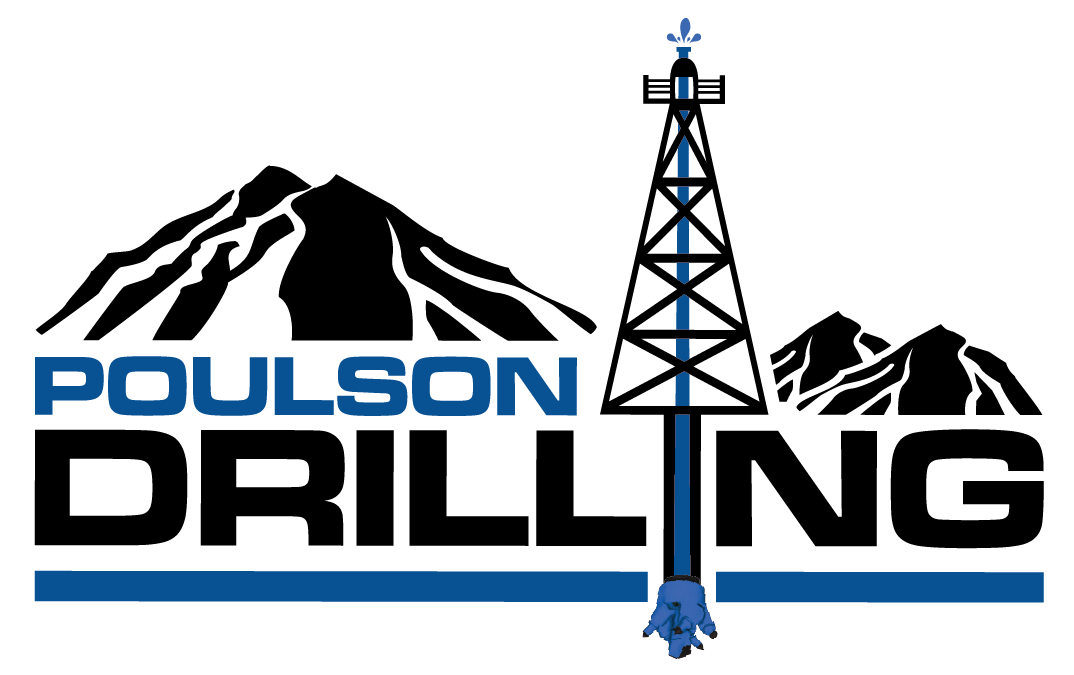Mud Rotary
Mud rotary methods utilize a bentonite gel along with various additives to maintain optimal properties and ensure wellbore integrity. Mud rotary drilling comes with both advantages and disadvantages. Primary advantages include the ability to drill open holes in unconsolidated formations (silt, sand, gravel, cobbles, etc.), where the natural tendency in underbalanced drilling could lead to formation collapse. This drilling style allows us to complete projects with predictability. However, there are some disadvantages. Notably, we are unable to observe water amounts during the drilling process. It is typically a slower drilling process that requires more time for proper well development. Despite these drawbacks, our success in water-bearing zones known for significant silt and sand issues is substantially improved with this drilling process. This heightened success is particularly evident when anticipating silt and sand challenges in a specific region or area.
What distinguishes us from other contractors in our area for this drilling aspect is our mud cleaning systems. These systems effectively remove solids from the drilling fluid, mitigating some of the hydrostatic pressure issues that can arise during the drilling process and lead to diminishing returns if not addressed correctly throughout the well's lifespan. Maintaining fluid integrity is crucial, as this type of drilling has been known for long-term issues. The ability to sustain hydrostatic balance in the formation during drilling is key to the long-term success of a well drilled using this method.



